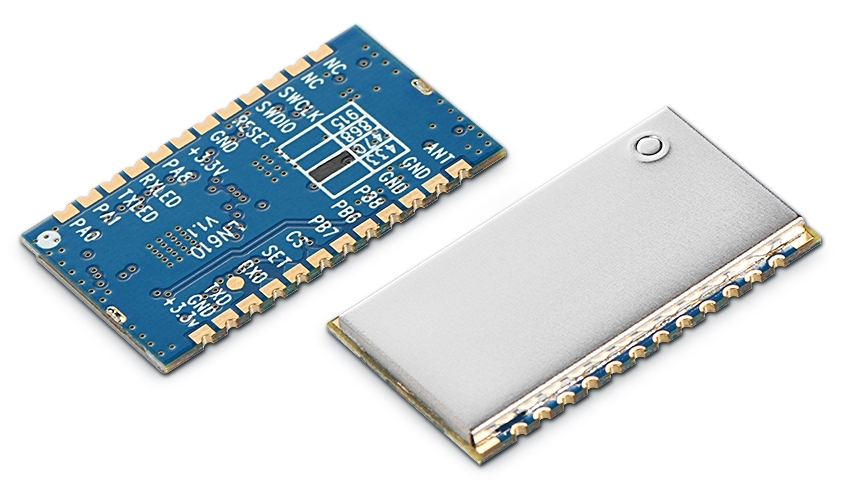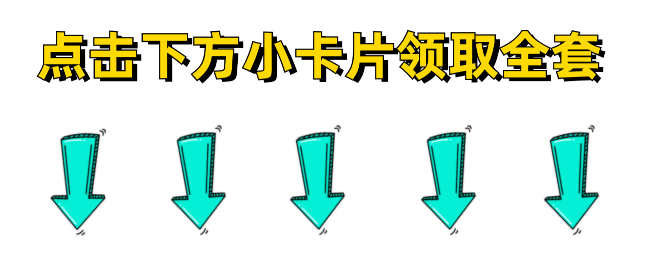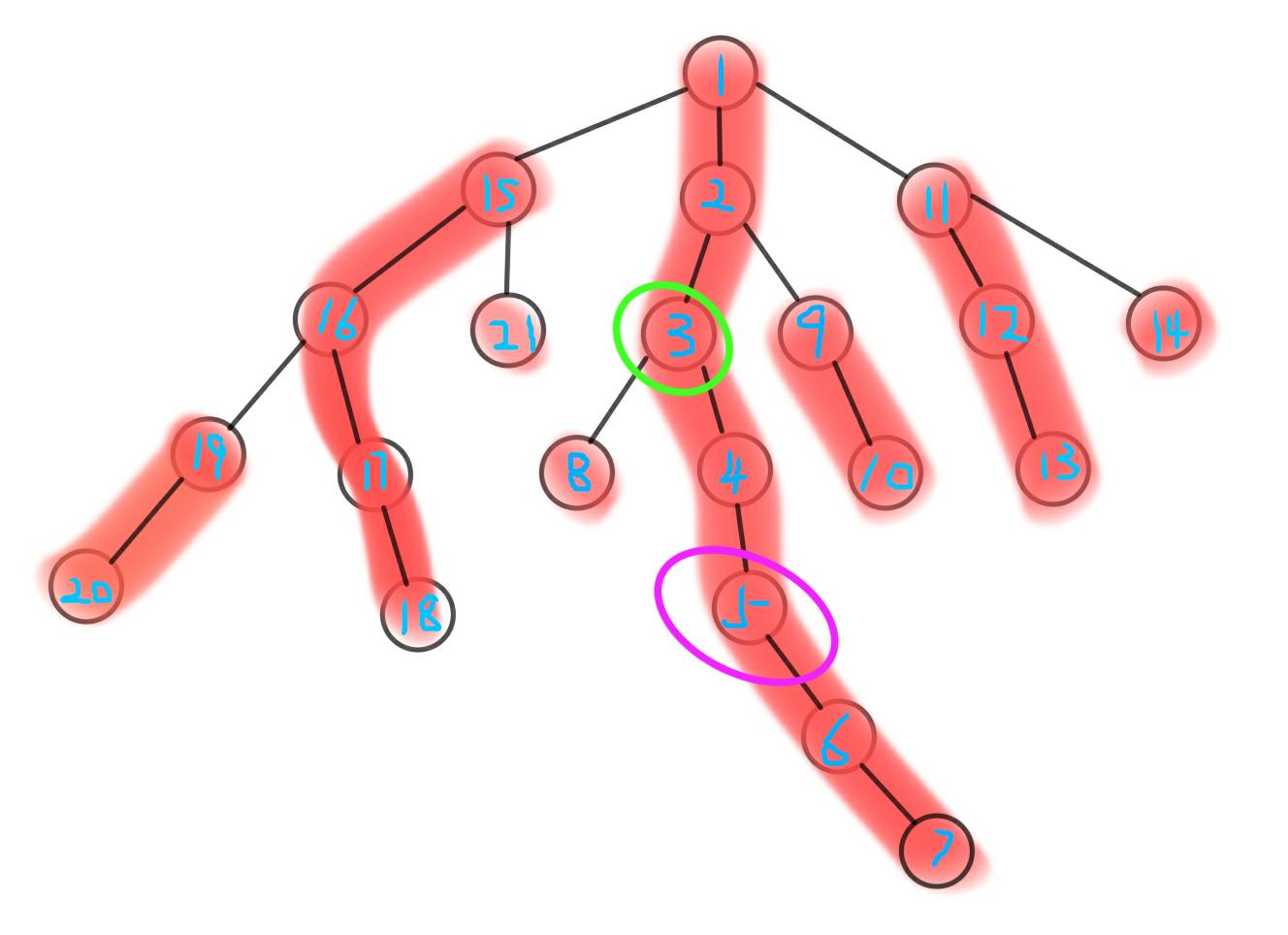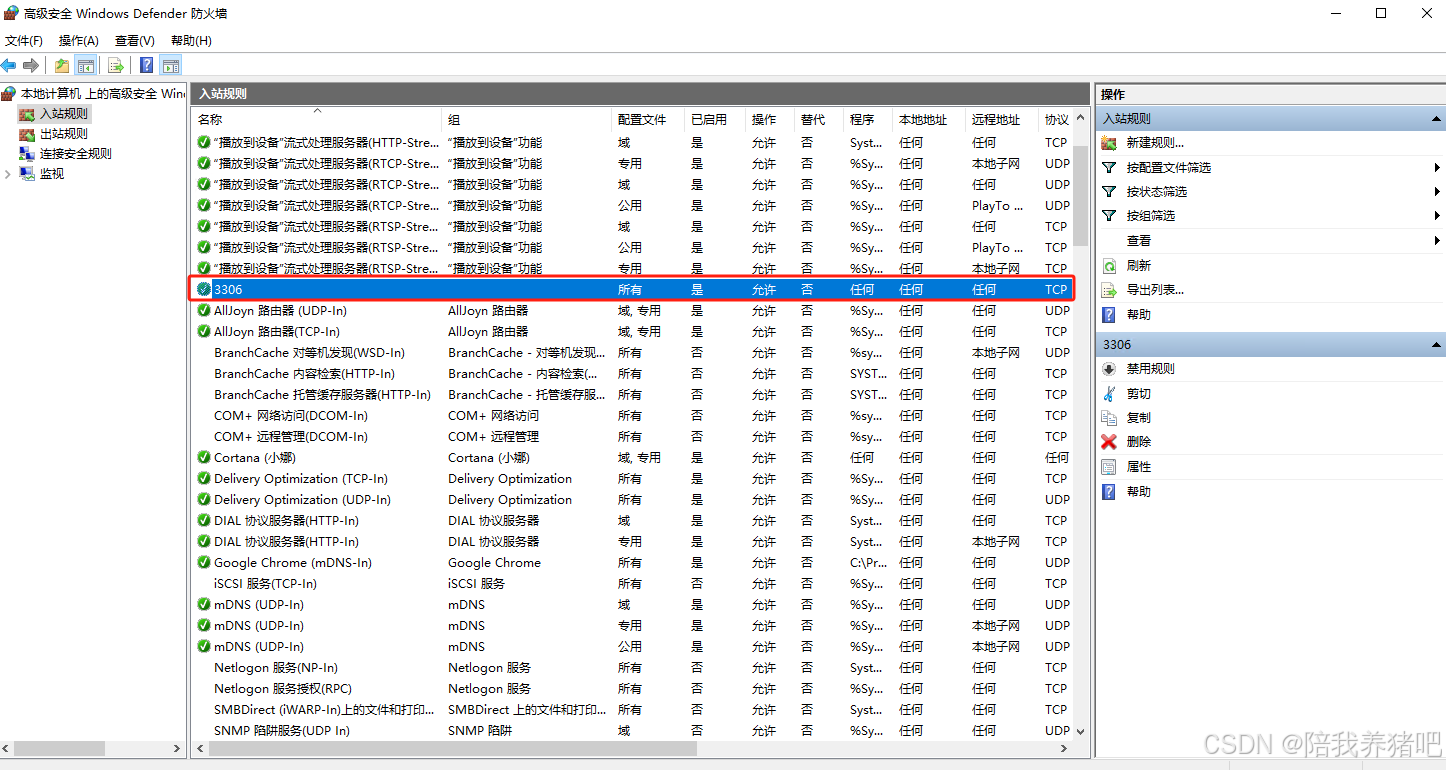在了解顺序表之前我们需要先了解什么是线性表
1.线性表的定义
线性表(List):由零个或多个数据组成的有限数列,线性表是一种在实际中广泛使用的数据结构,
常见的线性表:顺序表,链表,栈,队列,字符串
2.顺序表
2.1顺序表的概念以及结构
顺序表是用一段物理地址连续的存储单元依次储存数据的线性结构
2.2顺序表的类型
->1.静态顺序表
#define N 100
typedef int SLDATATYPE;
typedef struct SeqList
{
SLDATATYPE a[N];
size_t size;
}SL;开辟一个固定长度的数组,向数组中存储数据
缺点:
这样开辟的顺序表空间是固定的,如果我们需要存储的空间大于这个固定空间,那我们就需要重新来开辟空间,如果我们只需要存放几个数据,那就会浪费不少空间
->2.动态顺序表
typedef int SLDATATYPE;
typedef struct SeqList
{
SLDATATYPE* a;
size_t size;
size_t capacity;
}SL;相比于静态顺序表的优点:
更加的灵活,不会出现空间不足或者浪费大量空间的情况
3.用顺序表实现增删查改
->1.实现顺序表所需要用到的接口
#pragma once
#define _CRT_SECURE_NO_WARNINGS 1
#include <stdio.h>
#include <stdlib.h>
#include <assert.h>
#define INIT_CAPACITY 4
typedef int SLDATATYPE;
//初始化
void INITSeqList(SL* ps);
//清除顺序表
void SLDestroy(SL* ps);
//增容
void IncrCapacity(SL* ps);
//打印
void print(SL* ps);
//尾插
void SLPushBack(SL* ps, SLDATATYPE x);
//尾删
void SLPopBack(SL* ps);
//头插
void SLPushFront(SL* ps, SLDATATYPE x);
//头删
void SLPopFront(SL* ps);
//顺序表再pos处增加元素
void SLInsert(SL* ps, SLDATATYPE pos, SLDATATYPE x);
//顺序表删除再pos位置的元素
void SLErase(SL* ps, SLDATATYPE pos);
//查找元素
int SLFind(SL* ps, SLDATATYPE x);->2.顺序表的创建
typedef struct SeqList
{
SLDATATYPE* a;
int size; //有效数据的个数
int capacity; //空间容量
}SL;->3.初始化
//顺序表初始化
void INITSeqList(SL* ps)
{
assert(ps);
ps->a = (SLDATATYPE*)malloc(sizeof(int) * INIT_CAPACITY);
if (ps->a == NULL)
{
perror("INITSeqList::malloc");
return;
}
ps->size = 0;
ps->capacity = INIT_CAPACITY;
}->4.销毁数据表
//销毁顺序表
void SLDestroy(SL* ps)
{
assert(ps);
free(ps->a);
ps->a = NULL;
ps->capacity = 0;
ps->size = 0;
}->5.在进行增删的时候检查一下空间是否为满
//检查容量是否已满
void SLCheckCapacity(SL* ps)
{
assert(ps);
if (ps->size == ps->capacity)
{
SLDATATYPE* ptr = (SLDATATYPE*)realloc(ps->a, sizeof(int) * (INIT_CAPACITY * 2));
if (NULL == ptr)
{
perror("IncrCapacity::realloc");
return;
}
ps->a = ptr;
ps->capacity *= 2;
}
}->6.打印
//打印内容
void print(SL* ps)
{
assert(ps);
assert(ps->size > 0);
for(int i = 0; i < ps->size; i++)
printf("%d ", ps->a[i]);
printf("\n");
}->7.头插
//头插
void SLPushFront(SL* ps, SLDATATYPE x)
{
assert(ps);
SLCheckCapacity(ps);
//整体向后移动
for (int end = ps->size - 1; end >= 0; --end)
{
ps->a[end + 1] = ps->a[end];
}
ps->a[0] = x;
++ps->size;
}->8.头删
//头删
void SLPopFront(SL* ps)
{
assert(ps);
assert(ps->size > 0);
int begin = 1;
while (begin < ps->size)
{
ps->a[begin - 1] = ps->a[begin];
++begin;
}
--ps->size;
}->9.尾插
//尾插
void SLPushBack(SL* ps, SLDATATYPE x)
{
assert(ps);
SLCheckCapacity(ps);
ps->a[ps->size++] = x;
}->10.尾删
//尾删
void SLPopBack(SL* ps)
{
assert(ps);
assert(ps->size > 0);
ps->a[ps->size--] = 0;
}->11.在顺序表pos处增加元素
//在顺序表pos处增加元素
void SLInsert(SL* ps, SLDATATYPE pos, SLDATATYPE x)
{
assert(ps);
assert(pos >= 0 && pos <= ps->size);
SLCheckCapacity(ps);
int end = ps->size - 1;
while (end >= pos)
{
ps->a[end + 1] = ps->a[end];
}
ps->a[pos] = x;
++ps->size;
}->12.删除在pos位置的元素
//顺序表删除再pos位置的元素
void SLErase(SL* ps, SLDATATYPE pos)
{
assert(ps);
assert(pos >= 0 && pos < ps->size);
SLDATATYPE begin = pos + 1;
while (begin < ps->size)
{
ps->a[begin] = ps->a[begin - 1];
++begin;
}
--ps->size;
}->13.顺序表查找
//查找
int SLFind(SL* ps, SLDATATYPE x)
{
assert(ps);
for (int i = 0; i < ps->size - 1; ++i)
{
if (ps->a[i] == x)
printf("找到了!!!%d\n", i);
}
return -1;
}4.源代码
->1.test.c
#include "SeqList.h"
int main()
{
SL a;
INITSeqList(&a);
test();
int input = -1;
//尾插
SLPushBack(&a,1);
print(&a);
SLPushBack(&a, 2);
print(&a);
SLPushBack(&a, 3);
print(&a);
SLPushBack(&a, 4);
print(&a);
//尾删
SLPopBack(&a);
print(&a);
//在pos位置插入8
SLInsert(&a, 3, 8);
print(&a);
//查找该元素的位置,返回下标
int pos = SLFind(&a, 2);
return 0;
}->2.SeqList.h
#pragma once
#define _CRT_SECURE_NO_WARNINGS 1
#include <stdio.h>
#include <stdlib.h>
#include <assert.h>
#define INIT_CAPACITY 4
typedef int SLDATATYPE;
typedef struct SeqList
{
SLDATATYPE* a;
int size; //有效数据的个数
int capacity; //空间容量
}SL;
//初始化
void INITSeqList(SL* ps);
//清除顺序表
void SLDestroy(SL* ps);
//增容
void IncrCapacity(SL* ps);
//打印
void print(SL* ps);
//尾插
void SLPushBack(SL* ps, SLDATATYPE x);
//尾删
void SLPopBack(SL* ps);
//头插
void SLPushFront(SL* ps, SLDATATYPE x);
//头删
void SLPopFront(SL* ps);
//顺序表再pos处增加元素
void SLInsert(SL* ps, SLDATATYPE pos, SLDATATYPE x);
//顺序表删除再pos位置的元素
void SLErase(SL* ps, SLDATATYPE pos);
//查找元素
int SLFind(SL* ps, SLDATATYPE x);->3.SeqList.c
#include "SeqList.h"
//顺序表初始化
void INITSeqList(SL* ps)
{
assert(ps);
ps->a = (SLDATATYPE*)malloc(sizeof(int) * INIT_CAPACITY);
if (ps->a == NULL)
{
perror("INITSeqList::malloc");
return;
}
ps->size = 0;
ps->capacity = INIT_CAPACITY;
}
//清除顺序表
void SLDestroy(SL* ps)
{
assert(ps);
assert(ps->size > 0);
free(ps->a);
ps->a = NULL;
ps->capacity = 0;
ps->size = 0;
}
//打印内容
void print(SL* ps)
{
assert(ps);
assert(ps->size > 0);
for(int i = 0; i < ps->size; i++)
printf("%d ", ps->a[i]);
printf("\n");
}
//检查容量是否已满
void SLCheckCapacity(SL* ps)
{
assert(ps);
if (ps->size == ps->capacity)
{
SLDATATYPE* ptr = (SLDATATYPE*)realloc(ps->a, sizeof(int) * (INIT_CAPACITY * 2));
if (NULL == ptr)
{
perror("IncrCapacity::realloc");
return;
}
ps->a = ptr;
ps->capacity *= 2;
}
}
//尾插
void SLPushBack(SL* ps, SLDATATYPE x)
{
assert(ps);
SLCheckCapacity(ps);
ps->a[ps->size++] = x;
}
//尾删
void SLPopBack(SL* ps)
{
assert(ps);
assert(ps->size > 0);
ps->a[ps->size--] = 0;
}
//头插
void SLPushFront(SL* ps, SLDATATYPE x)
{
assert(ps);
SLCheckCapacity(ps);
for (int end = ps->size - 1; end >= 0; --end)
{
ps->a[end + 1] = ps->a[end];
}
ps->a[0] = x;
++ps->size;
}
//头删
void SLPopFront(SL* ps)
{
assert(ps);
assert(ps->size > 0);
int begin = 1;
while (begin < ps->size)
{
ps->a[begin - 1] = ps->a[begin];
++begin;
}
--ps->size;
}
//在顺序表pos处增加元素
void SLInsert(SL* ps, SLDATATYPE pos, SLDATATYPE x)
{
assert(ps);
assert(pos >= 0 && pos <= ps->size);
SLCheckCapacity(ps);
int end = ps->size - 1;
while (end >= pos)
{
ps->a[end + 1] = ps->a[end];
}
ps->a[pos] = x;
++ps->size;
}
//删除顺序表pos处的元素
void SLErase(SL* ps, SLDATATYPE pos)
{
assert(ps);
assert(pos >= 0 && pos < ps->size);
SLDATATYPE begin = pos + 1;
while (begin < ps->size)
{
ps->a[begin] = ps->a[begin - 1];
++begin;
}
--ps->size;
}
//查找
int SLFind(SL* ps, SLDATATYPE x)
{
assert(ps);
for (int i = 0; i < ps->size - 1; ++i)
{
if (ps->a[i] == x)
printf("找到了!!!%d\n", i);
}
return -1;
}测试结果:




















